Bich Dong Pagoda is a cultural and historical heritage site located within the Trang An – Tam Coc – Bich Dong scenic complex in Ninh Binh province. It is an attractive spiritual tourism destination, bringing visitors to a solemn Buddhist sanctuary and a peaceful realm of mountains and rivers. Every spring, the pagoda attracts a large number of Buddhists and tourists from all directions who come to pay respects and enjoy the scenery.
Table of Contents
Introduction to Bich Dong Pagoda
Where is Bich Dong Pagoda located?
Bich Dong Pagoda is an ancient temple built on a mountainside. Initially, it was named “Bach Ngoc Thach Son Dong,” meaning a beautiful, pure white pagoda resembling a precious gem amidst the deep mountains and caves. In 1774, during a visit by Lord Trinh Sam, the pagoda was renamed Bich Dong Pagoda. It is one of the famous landscapes of the ancient capital, once known as the “second beautiful cave of the South” (after Huong Tich Cave in Hanoi).
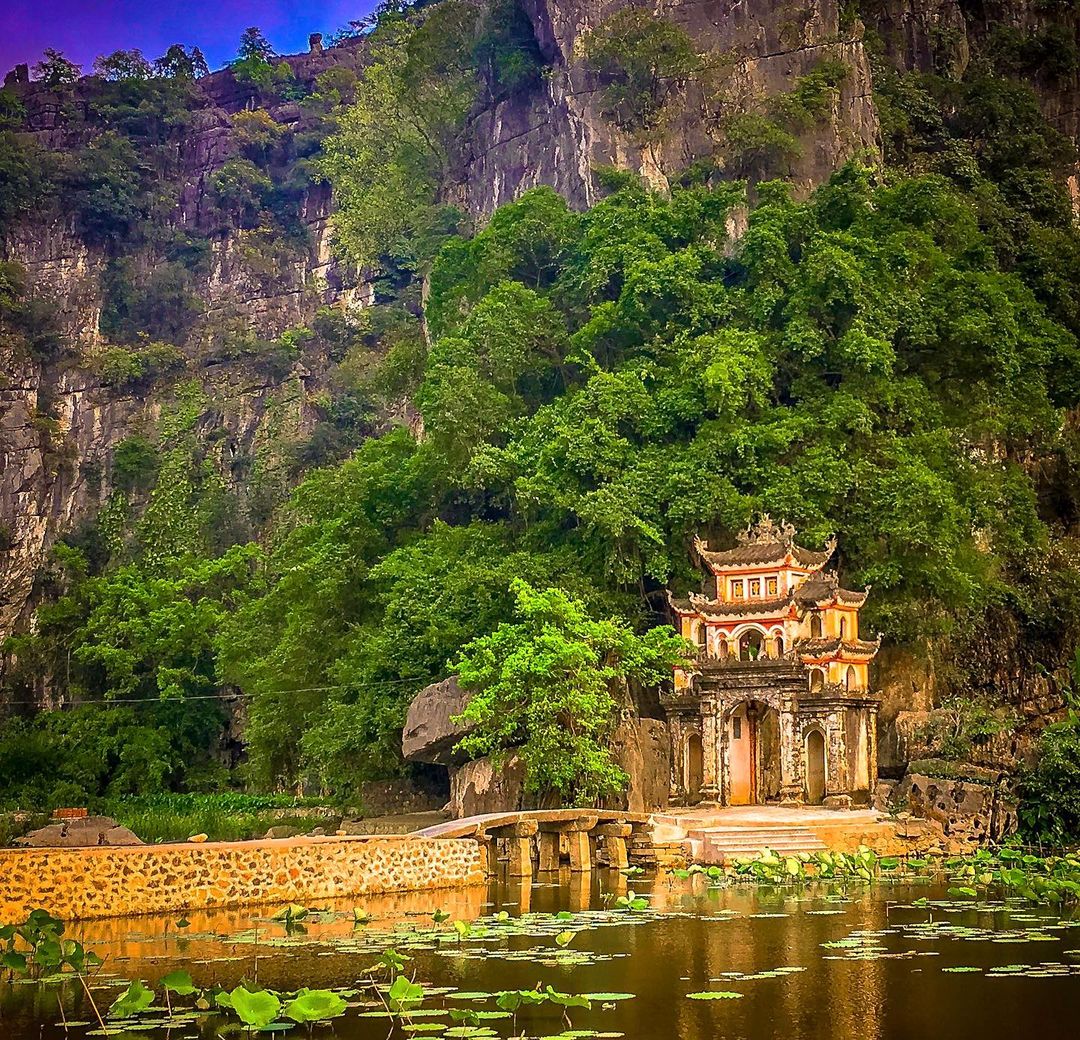
Having existed for nearly 600 years, Bich Dong Pagoda is a place that preserves many cultural and historical values. Today, it is classified as a special national relic and recognized by UNESCO as a World Cultural and Natural Heritage. It is one of the most sacred pagodas in Ninh Binh, where pilgrims and visitors come back year after year.
History of the Pagoda
In the year 1705, during the reign of King Le Du Tong, there were two revered monks named Tri Kien and Tri The. One hailed from Vong Doanh, and the other from Dong Xuyen, Nghia Hung district, Nam Dinh province. They met and became sworn brothers. Both monks were devoted to the Buddhist teachings and traveled together to propagate Buddhism and construct temples.
Upon arriving at Bich Dong Mountain, they discovered its magnificent natural beauty and the presence of an existing temple. The two monks decided to settle there, propagate the teachings, and rebuild the old temple into three new temples: Lower Pagoda, Middle Pagoda, and Upper Pagoda for their practice and meditation.
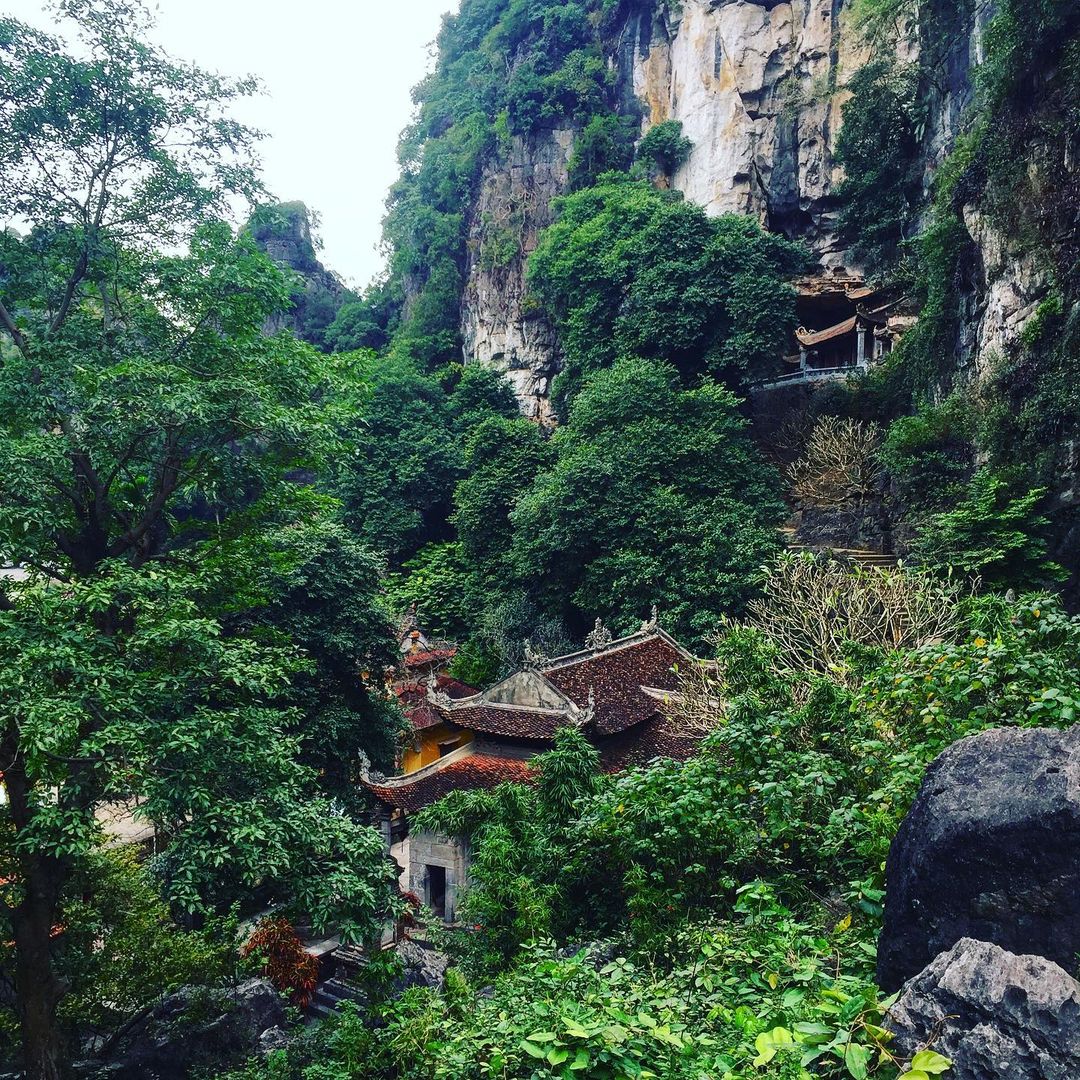
In the year Dinh Hoi (1707), the two monks cast a large bell, which still hangs in the Dark Cave to this day. Two years later, in the eighth month of the lunar calendar, they inscribed a stele in classical Chinese characters to commemorate Bich Dong Pagoda.
In the year Giap Ngo (1774), Lord Trinh Sam visited and admired the scenery. Perhaps captivated by the panoramic view of mountains, caves, rivers, fertile fields, and lush vegetation, with the temples blending harmoniously in the green landscape, Lord Trinh Sam named the temple Bich Dong.
Guide to Getting to Bich Dong Pagoda
Since it is part of the Tam Coc Bich Dong tourist complex, it is recommended to combine your visit to Tam Coc with Bich Dong Pagoda. There is only one waterway route to Tam Coc, which is to reach Cac Temple in Van Lam village and then proceed to Ngo Dong River pier. From Tam Coc, Ninh Binh, you can reach Bich Dong Pagoda by renting a bicycle, motorbike, taxi, or by walking to enjoy the scenery.
What is Beautiful about Bich Dong Pagoda?
The Path to the Pagoda
Bich Dong Pagoda is an ancient architectural structure like many other temples. What makes it unique is that the pagoda is built in the shape of the Chinese character “Tam” (meaning three). There are three separate pagodas arranged vertically along the mountainside: Lower Pagoda, Middle Pagoda, and Upper Pagoda.
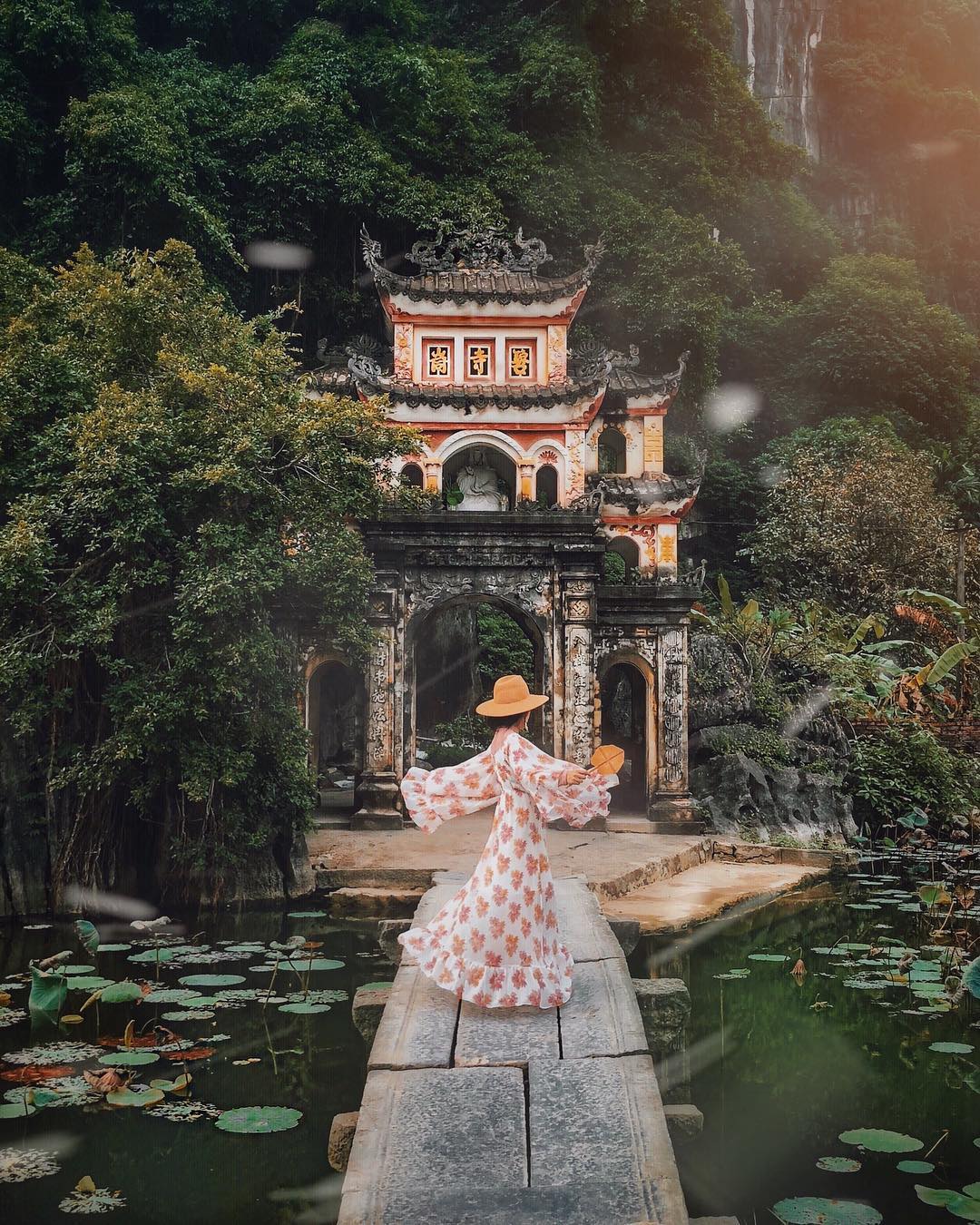
Bich Dong Pagoda is beautifully integrated with the surrounding natural landscape. The image of the pagoda nestled among lush green ancient trees adds an aura of antiquity and serenity to the place.
Lower Pagoda
To enter the pagoda, you will cross a stone bridge made of blue slabs that leads to the Triple Gate entrance of Bich Dong Pagoda. Here, there is a path at the foot of the mountain, paved with approximately 55 meters of bricks, which is the only way to reach the Lower Pagoda.
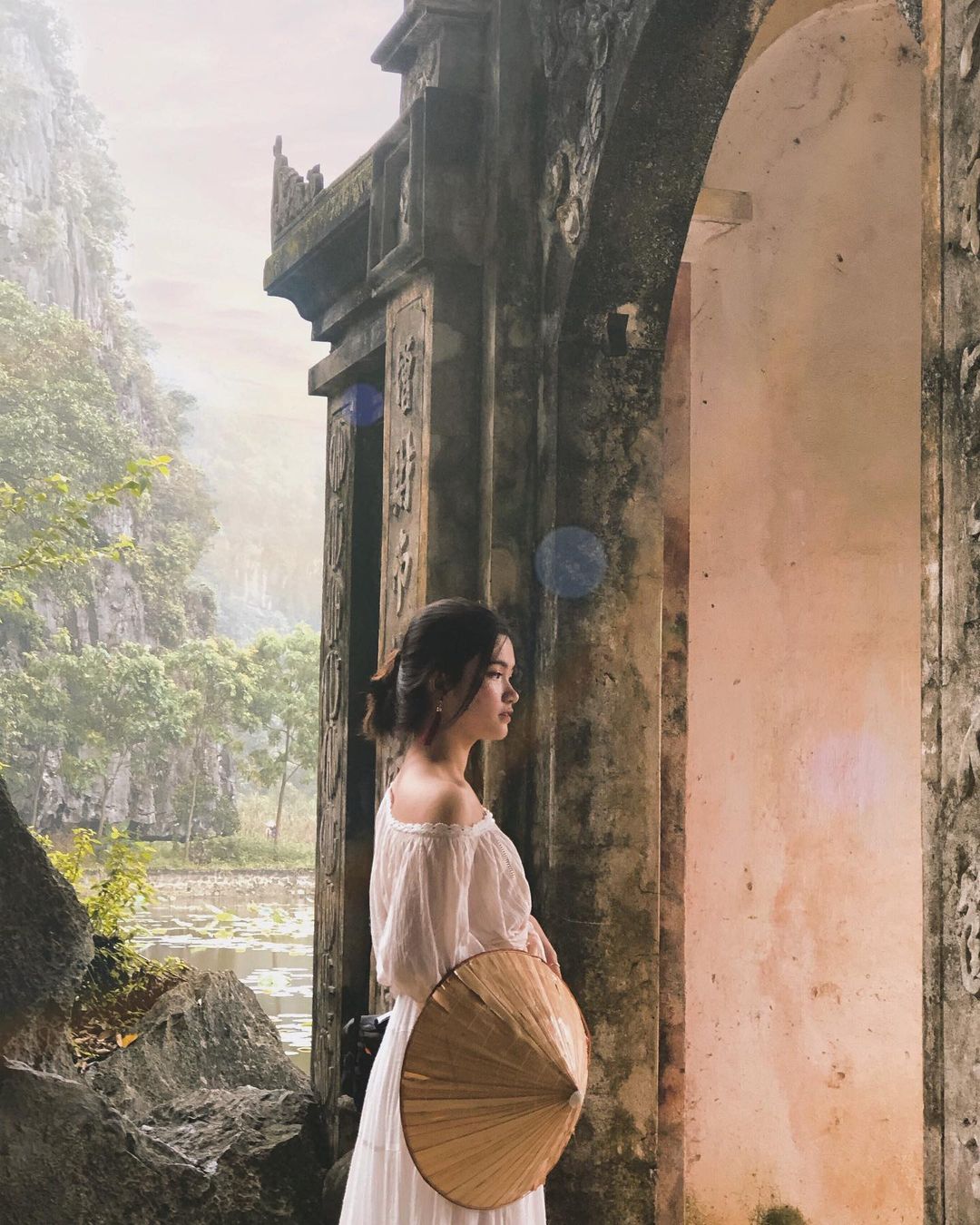
The Lower Pagoda is built with five chambers on a raised platform at the base of the mountain. The architectural design follows the style of the Chinese character “Dinh” (meaning ancient). The pagoda’s roof features two curved layers with a total of eight roofs. The columns in the Lower Pagoda are made of a single block of stone, towering over 4 meters in height. It was an impressive feat to create such stone columns during that time.
Inside the pagoda, at the highest point of the central chamber, there is a hanging stele inscribed with the Chinese characters “Mao Co Thanh” which means “This ancient pagoda is very sacred.” In the main hall, there are Buddhist altars. Following that, there are lower levels with various Buddha statues and worship items such as lamps and incense burners.
Middle Pagoda
After visiting the Lower Pagoda, you will return to the courtyard and head north to a staircase consisting of 80 stone steps encircling the mountainside. This pathway leads to the back of the mountain where the Middle Pagoda is situated. Unlike the Lower Pagoda, the Middle Pagoda has a semi-roofed architectural design on its exterior.
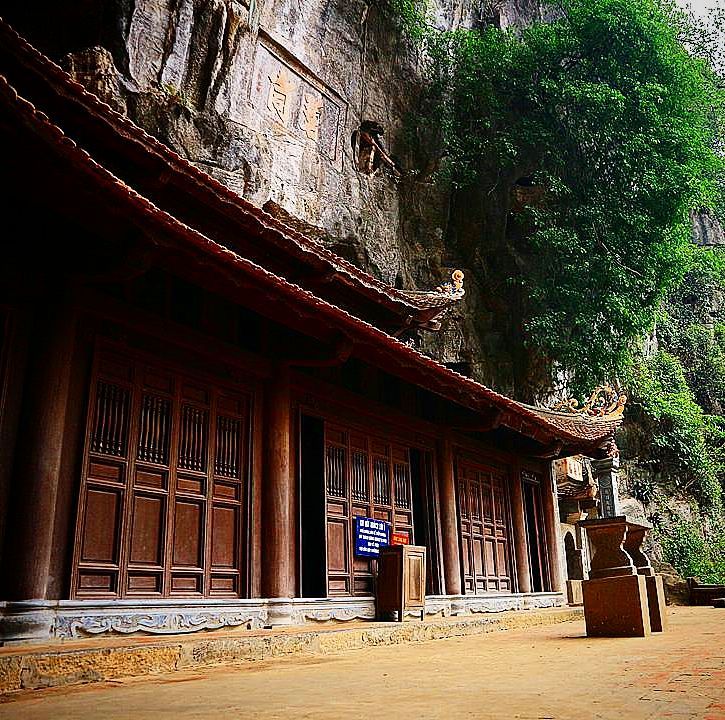
This is a unique pagoda where only the entrance and the rooftop are exposed, while the remaining structures are hidden within the mountain caves. The Middle Pagoda is built with three chambers dedicated to worshiping the Buddha. On the rooftop, the two Chinese characters “Bich Dong” were placed under the order of Lord Trinh Sam. To the left of the Middle Pagoda is the chamber dedicated to the Holy Mother.
Dark Cave
After the Buddha ceremony in the Main Hall, you ascend another 21 stone steps to reach the Dark Cave. Above the cave entrance, there is still a large bronze bell hanging, cast by the two monks Tri Kien and Tri The in 1707.
The Dark Cave is a long space illuminated for easy viewing. Inside the cave is a magnificent and grand structure that appears enchanting under the electric lights. You will see meticulously carved stone statues of fairies, deities, and coiling dragons, creating a fairy tale-like world transformed into stone.
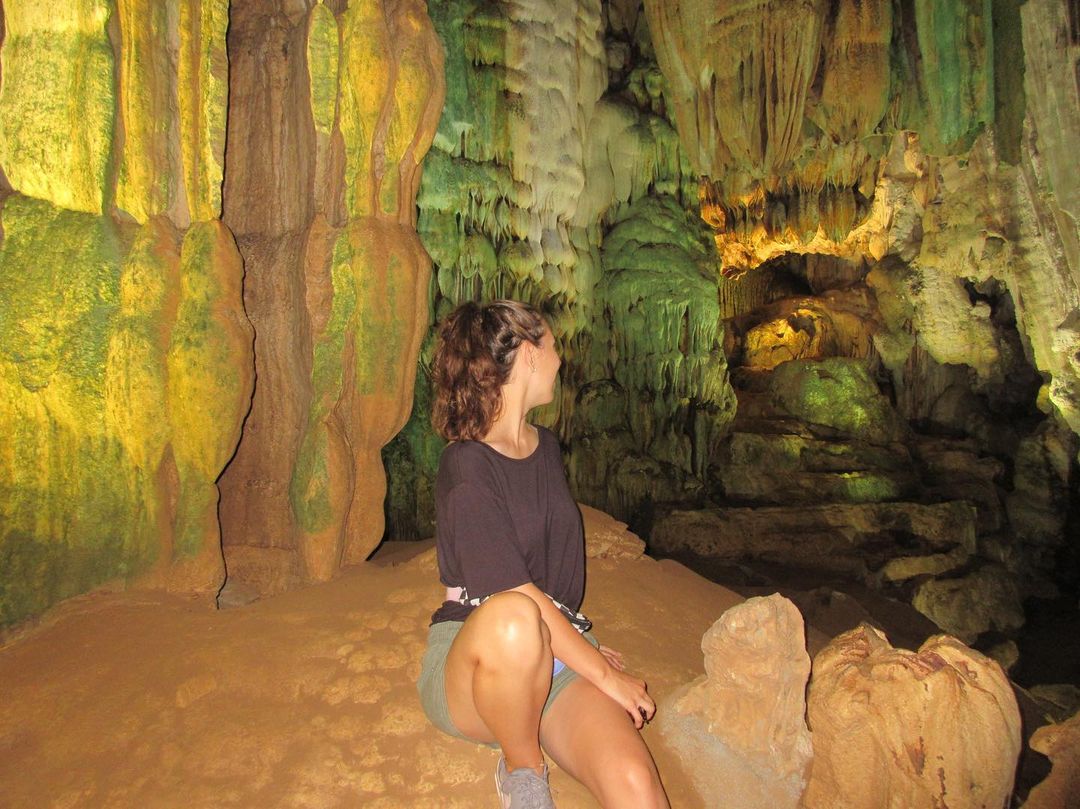
Near the cave entrance on the right side, there are three majestic stone Buddha statues symbolizing dignity and eternal existence. In the center is the Amitabha Buddha, on the right is Avalokitesvara Bodhisattva, and on the left is Quan Am Thi Kinh, along with a stone statue of Longevity.
Upper Pagoda
To reach the Upper Pagoda, you have to climb about 40 more stone steps along the mountainside. The Upper Pagoda is a small temple located on the mountainside, situated at the highest position near the peak of Bich Dong Mountain. The pagoda stands about 60 meters above the ground level. The Upper Pagoda is built facing southeast and worships the Bodhisattva Avalokitesvara. There are two shrines beside the pagoda dedicated to the Earth Deity and the Mountain Deity. Next to the pagoda, there is a water tank called “Cam Lo Water” of Quan Am Bodhisattva.
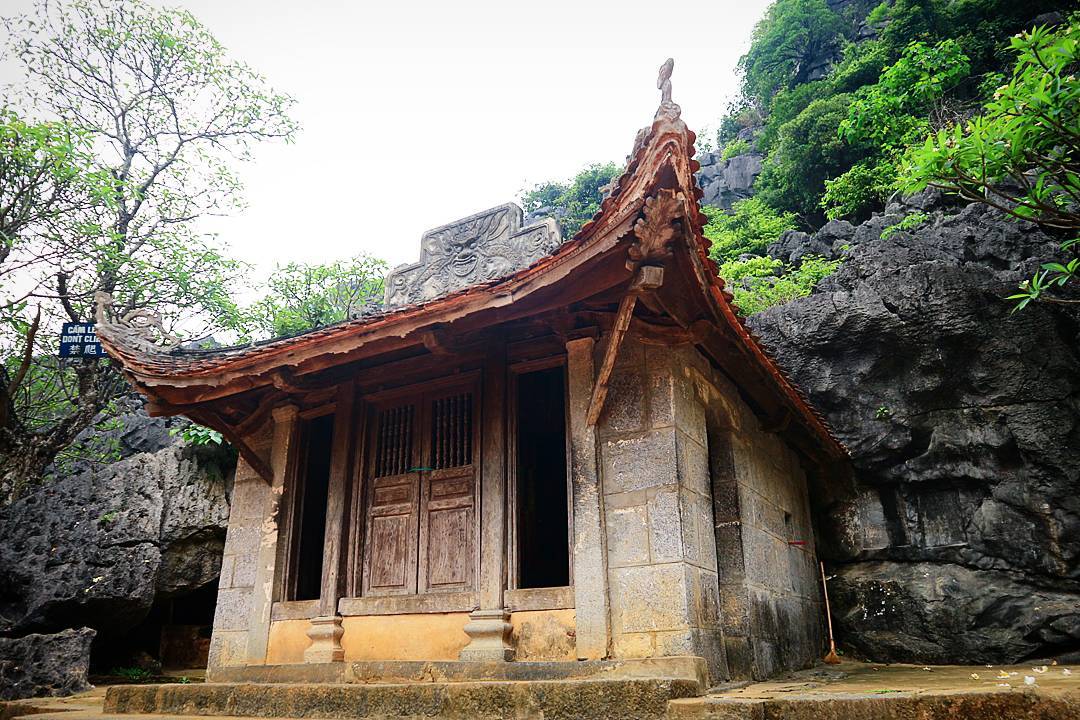
From the Upper Pagoda, you can see five independent mountains resembling blooming lotus flowers, which are Ngũ Nhạc Sơn. They include Tầm Sặng Mountain, Gia Định Mountain, Con Lợn Mountain, Đầu Cầu Mountain, and Hang Dựa Mountain.
Attractions near the temple
| Location | Distance |
| Linh Coc Pagoda | 950 m |
| Tam Coc | 1.6 km |
| Thai Vi Temple | 3.3 km |
| Ancient Viet Village | 3.3 km |
| Thien Huong Cave | 3.4 km |
Notes when visiting the pagoda.
- To visit Bich Dong Pagoda, you need to purchase tickets for the Tam Coc – Bich Dong tour, priced at 120,000 VND per adult and 60,000 VND per child.
- Compared to Tam Coc, Bich Dong Pagoda usually has fewer tourists. There are fewer food stalls outside to serve visitors. You should prepare all the necessary items for this sightseeing trip.
- You should choose to visit the pagoda around April as the weather is relatively dry during this time. Taking a boat to get to Tam Coc is also not too uncomfortable.
- When going to the temple, you should choose appropriate and modest attire. Additionally, when visiting Bich Dong Pagoda, you will need to walk and climb many steps. It is advisable to wear comfortable sports shoes or flat shoes for easy movement.
Bich Dong Pagoda is an ancient temple with a solemn and mysterious atmosphere. The mountain, caves, and pagoda blend together, creating a unique and distinctive landscape. In the Tam Coc – Bich Dong tour, skipping Bich Dong Pagoda would be a great loss.


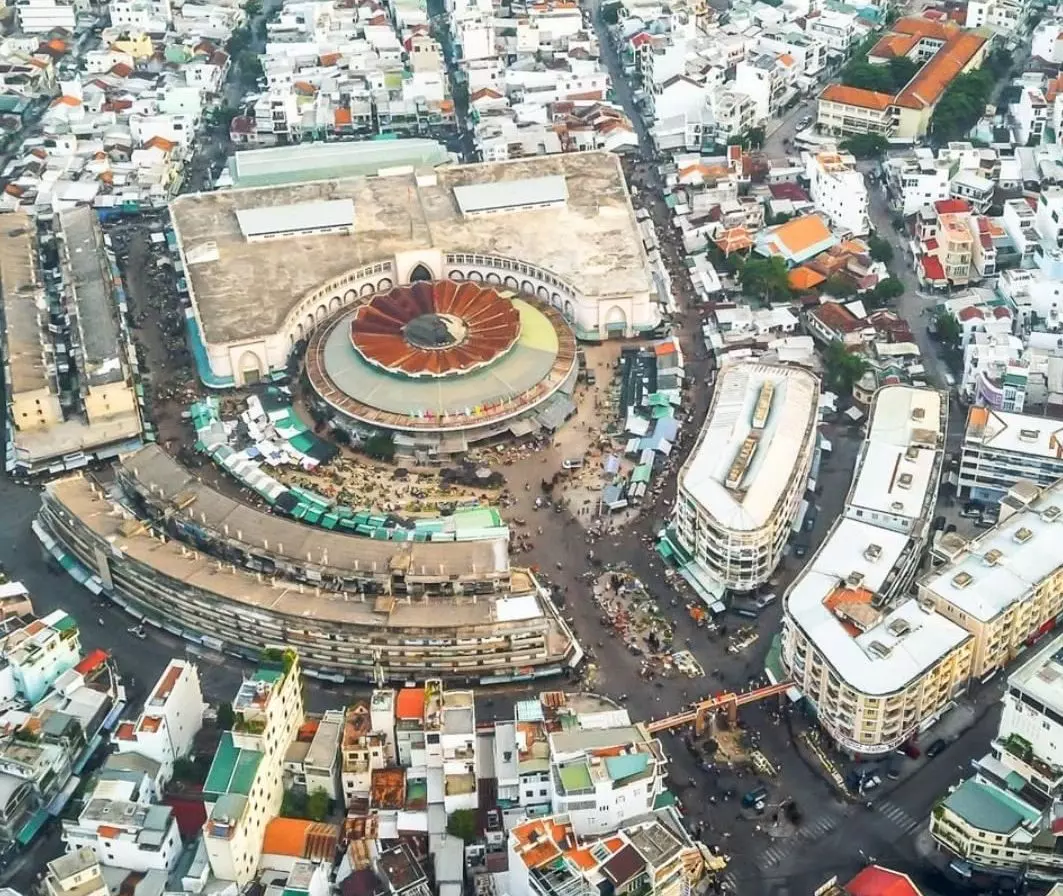
[…] More: Experience visiting Bich Dong Pagoda – Nam Thien De Nhi Dong in Ninh […]
[…] Bich Dong Pagoda: This pagoda dates back to the time of the Hau Le Dynasty and is characterized by its distinctly Eastern architectural style. Inside the pagoda, there is a large bell and a tower with statues of monks who contributed to its construction. Visiting here allows you to explore not only its unique architecture but also the history of the temple and the region’s history in general. […]
[…] more: Experience visiting Bich Dong Pagoda – Nam Thien De Nhi Dong in Ninh […]